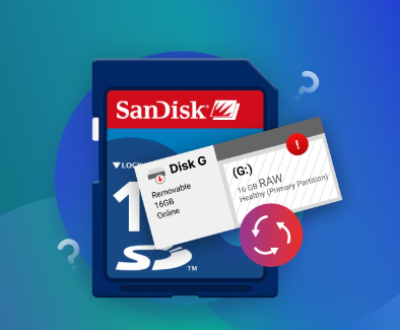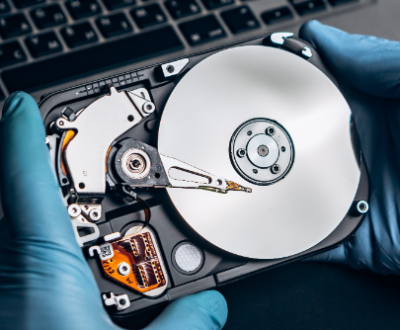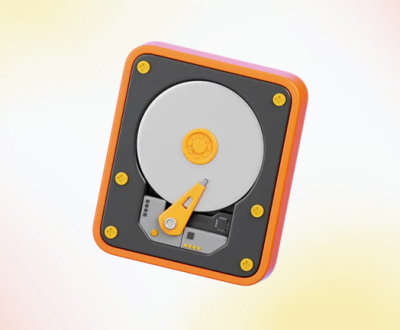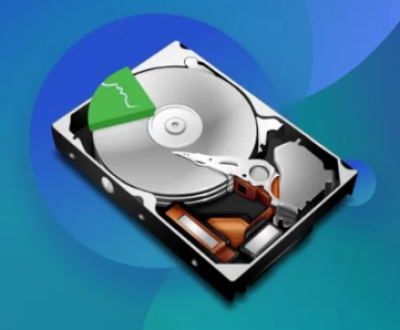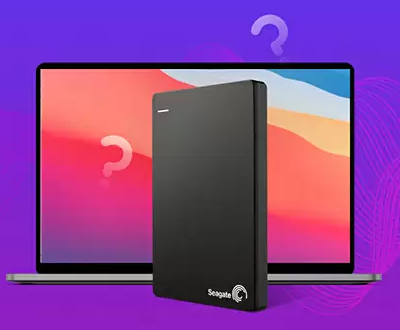1. SD Card Recovery
SD cards (Secure Digital cards) are one of the most common storage devices for cameras, smartphones, tablets, and other portable devices. Whether you’re a professional photographer or just someone who likes to capture memories, your SD card likely holds many important files. But what happens if you accidentally delete photos or your SD card becomes corrupted? Can those precious memories be recovered?
Fortunately, the answer is yes in many cases. When you delete a photo from your SD card, it isn’t immediately wiped from the card. Instead, the system marks that space as available for new data, making it possible to recover deleted files before they are overwritten.

2. Why Do Files Get Deleted?
There are several reasons why you might find that photos or files have been deleted from your SD card. Here are some common scenarios:
Accidental Deletion: This is the most common cause of data loss. You may have pressed the wrong button or mistakenly deleted a folder of pictures.
Formatting the SD Card: Formatting an SD card erases all of its contents, making it a quick way to lose data.
Corruption: If the SD card experiences issues, such as improper ejection from a device or physical damage, files may become corrupted or inaccessible.
Virus or Malware: Some malicious software can delete or alter the files stored on your SD card.
System Errors: Your device may occasionally fail to read the SD card, leading to files being lost or unreadable.
Understanding the reason behind the loss of your photos is crucial because it can help determine the best approach to recovery.
3. What to Do Immediately After Deleting Photos
If you’ve accidentally deleted photos from your SD card, don’t panic! However, there are several steps you must take immediately to maximize the chances of successful recovery.
Stop Using the SD Card
The most important thing you can do is stop using the SD card. When you delete a file, the operating system doesn’t actually erase the data, it just marks the space as available for new data. If you continue to use the card, there’s a risk of new files overwriting the deleted ones, which makes recovery much harder, if not impossible.
Safely Remove the SD Card
Remove the SD card from your device (camera, phone, or computer) and ensure it’s kept in a safe place. You should also avoid inserting the card into other devices before attempting recovery.
4. How to Check the Recycle Bin or Trash
Before jumping into more complex recovery methods, it’s worth checking your computer’s recycle bin or trash folder. If you deleted the photos from a computer or device that has a recycling system, they might still be in the trash.
Windows: Open the Recycle Bin by double-clicking on the icon on your desktop. Look for the deleted photos and restore them if found.
macOS: Open the Trash by clicking its icon in the dock. Review the contents and drag any photos back to your desired folder.
If the deleted photos are not in the Recycle Bin or Trash, you’ll need to move on to other recovery methods.
5. Methods of Recovering Deleted Photos
Method 1: Using Windows File Explorer
In some cases, photos can be recovered using built-in tools in Windows. If the SD card’s file system is intact, you may be able to retrieve deleted photos by using Windows File Explorer.
Insert the SD Card into the Computer: Use a card reader to connect the SD card to your computer.
Open File Explorer: Navigate to ‘This PC’ or ‘My Computer’ and look for your SD card under the “Devices and Drives” section.
Check for Previous Versions: Right-click on the SD card drive and select Properties. Go to the Previous Versions tab (this is only available if you’ve enabled File History or System Restore on your computer).
Restore from Backup: If there are previous versions of the SD card available, you may be able to restore the deleted photos from those versions.
This method works if your SD card was set up with Windows backup tools and if previous versions of your files were saved.
Method 2: Using macOS Finder
On a Mac, you can use the Finder or Time Machine (if you’ve been using it to back up your files) to recover deleted photos.
Insert the SD Card into the Mac: Use a card reader to connect the SD card to your Mac.
Open Finder: Navigate to the location where the SD card is mounted.
Search for Recently Deleted Files: Sometimes, the deleted files may still be in the Finder. You can try searching by file name or using a data recovery tool like Time Machine.
Restore from Time Machine: If you’ve been using Time Machine backups, you can open Time Machine, go to the time before the photos were deleted, and restore the files.
Method 3: Using Third-Party Recovery Software
Panda Assistant also prioritizes security by ensuring that recovered data is safely restored without causing further damage to the storage device. This is particularly useful when dealing with external hard drives or USB drives, where overwriting could lead to permanent data loss. Moreover, it offers recovery options for specific scenarios, such as retrieving files from formatted or damaged storage devices.
Another standout feature is its ease of use. Even for those who may not be tech-savvy, Panda Assistant offers clear instructions and a simple, user-friendly interface. The software’s recovery wizard guides users step-by-step, making the entire process accessible to a wide audience.
Overall, Panda Assistant is a reliable and powerful tool for data recovery, ideal for anyone facing the unfortunate loss of important files. Whether you’re dealing with accidental deletion or more serious data damage, it provides an efficient solution for file recovery.
Method 4: Using Professional Data Recovery Services
If all else fails and the photos are particularly important, you may want to consider using a professional data recovery service. These services are equipped with specialized tools and techniques to recover data from damaged or corrupted storage devices.
Professional recovery can be expensive, but it may be worth it if you have critical or irreplaceable data.
Some well-known data recovery services include:
DriveSavers
Ontrack
WeRecoverData
6. How to Prevent Future Data Loss
Preventing data loss is always easier than recovering lost data. Here are a few tips to protect your photos in the future:
Regular Backups: Always back up your photos to cloud storage or external drives.
Use Read-Only Mode: If you’re using your SD card to store important data, switch it to read-only mode when you don’t need to write new data to it.
Safe Ejection: Always eject your SD card safely from your device to prevent corruption.
Use High-Quality SD Cards: Invest in reliable SD cards from trusted brands to minimize the risk of failure.
Use File Recovery Software: Consider using software like Time Machine (macOS) or File History (Windows) to create backups of your important files.
About us and this blog
Panda Assistant is built on the latest data recovery algorithms, ensuring that no file is too damaged, too lost, or too corrupted to be recovered.
Request a free quote
We believe that data recovery shouldn’t be a daunting task. That’s why we’ve designed Panda Assistant to be as easy to use as it is powerful. With a few clicks, you can initiate a scan, preview recoverable files, and restore your data all within a matter of minutes.
Subscribe to our newsletter!
More from our blog
See all postsRecent Posts
- How to recover deleted files in sd memory card 2025-07-15
- How to recover lost photos from sd card 2025-07-15
- How do you recover deleted files from sd card 2025-07-15

 Try lt Free
Try lt Free Recovery success rate of up to
Recovery success rate of up to

